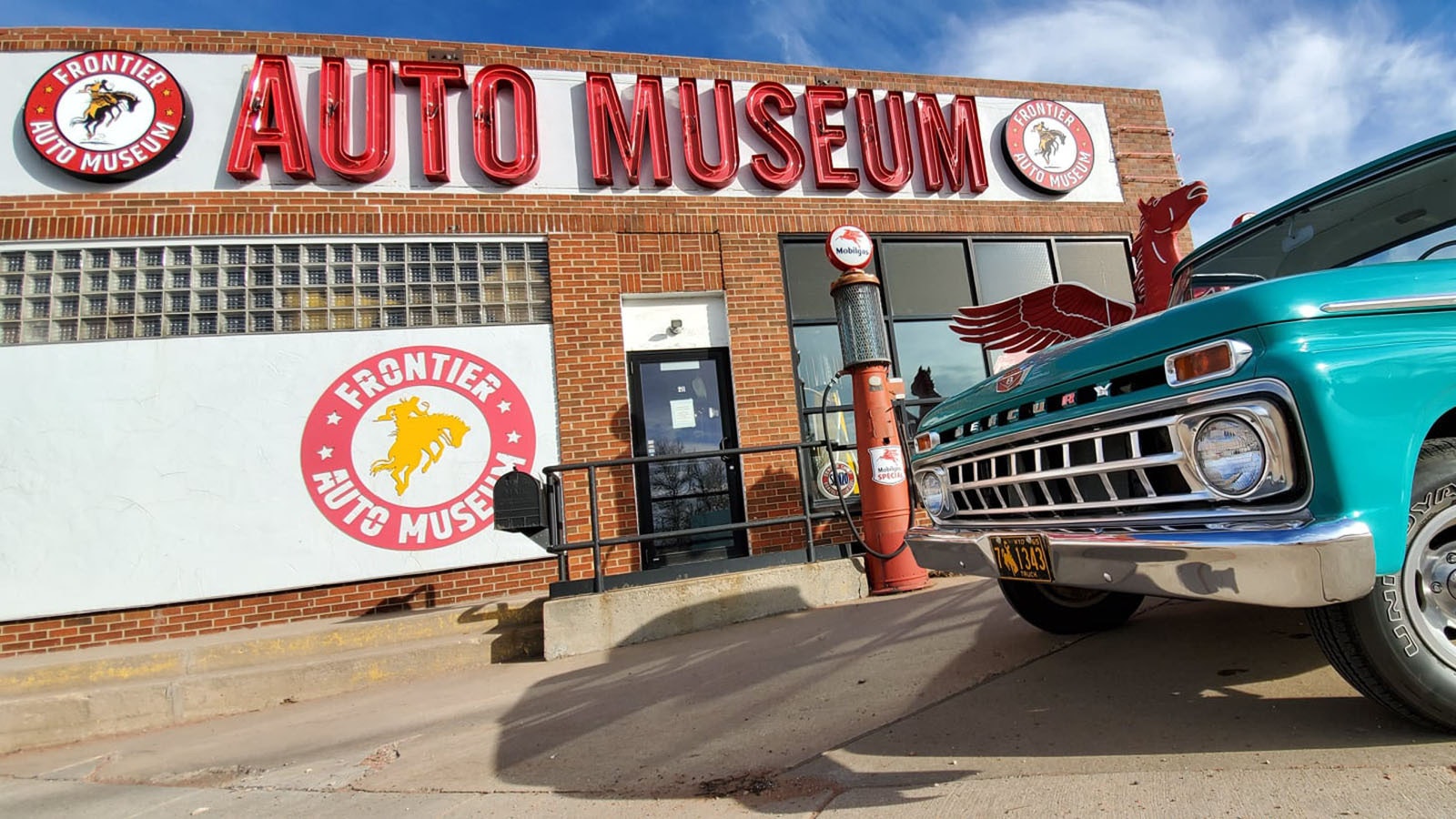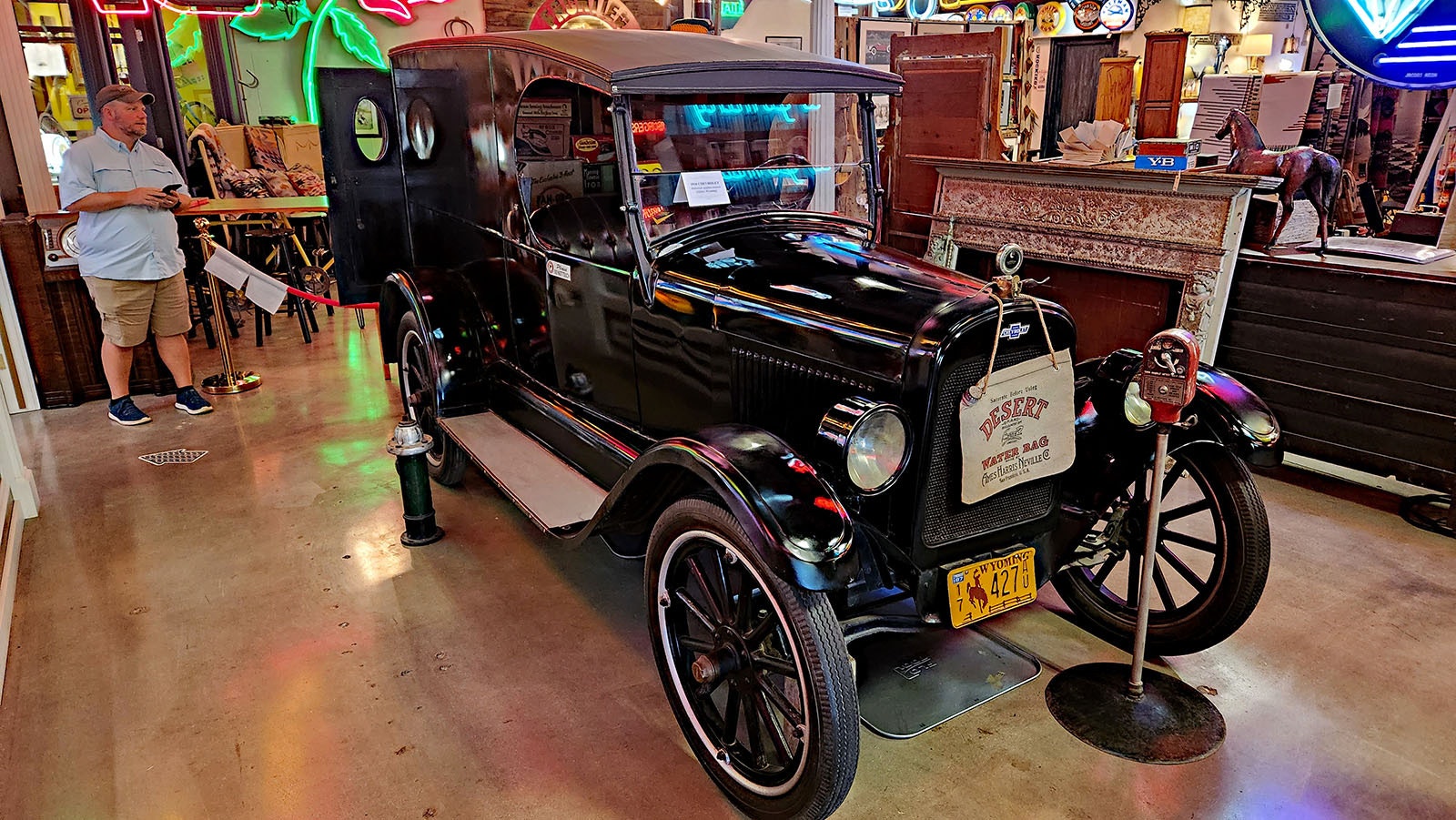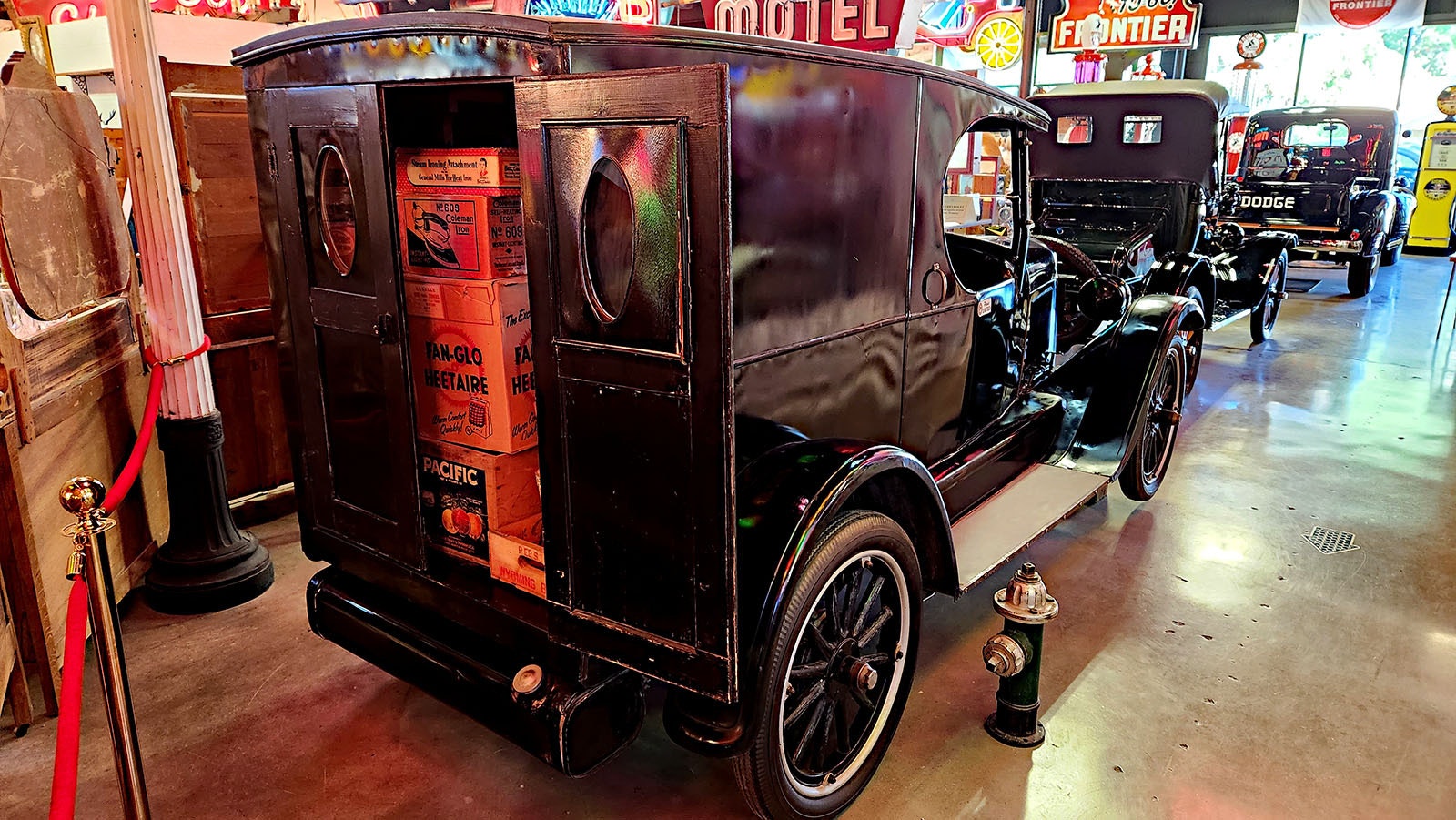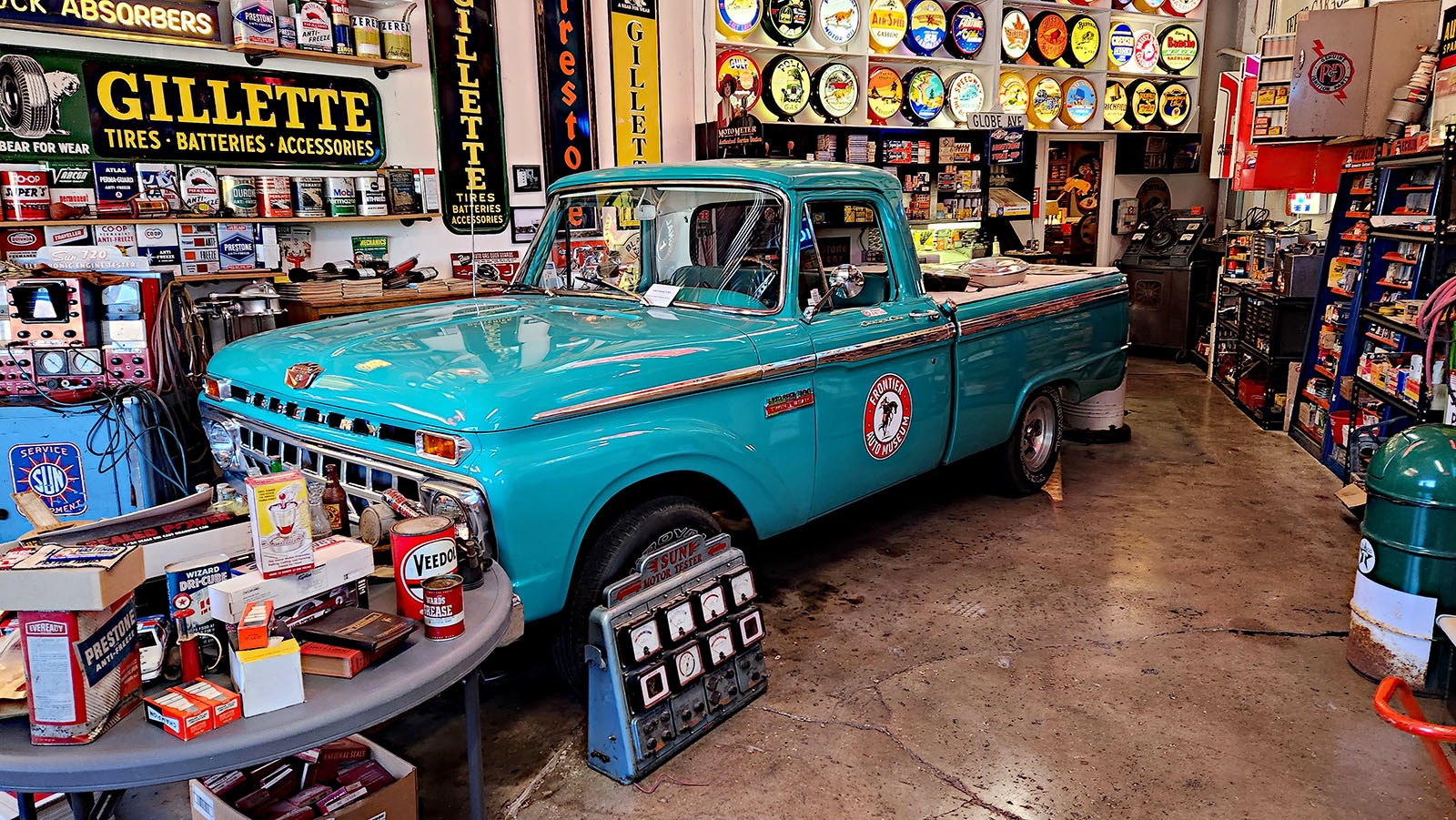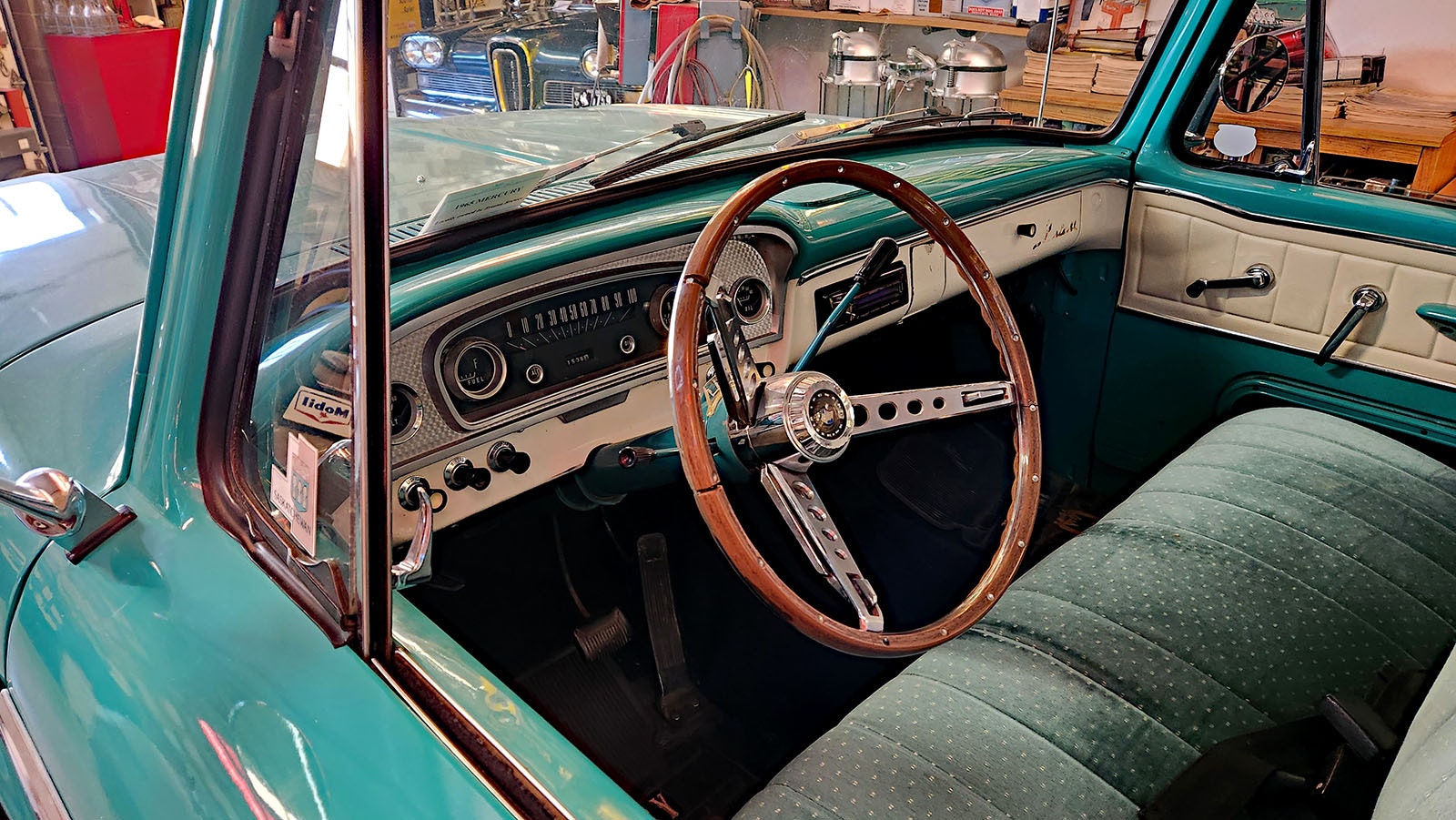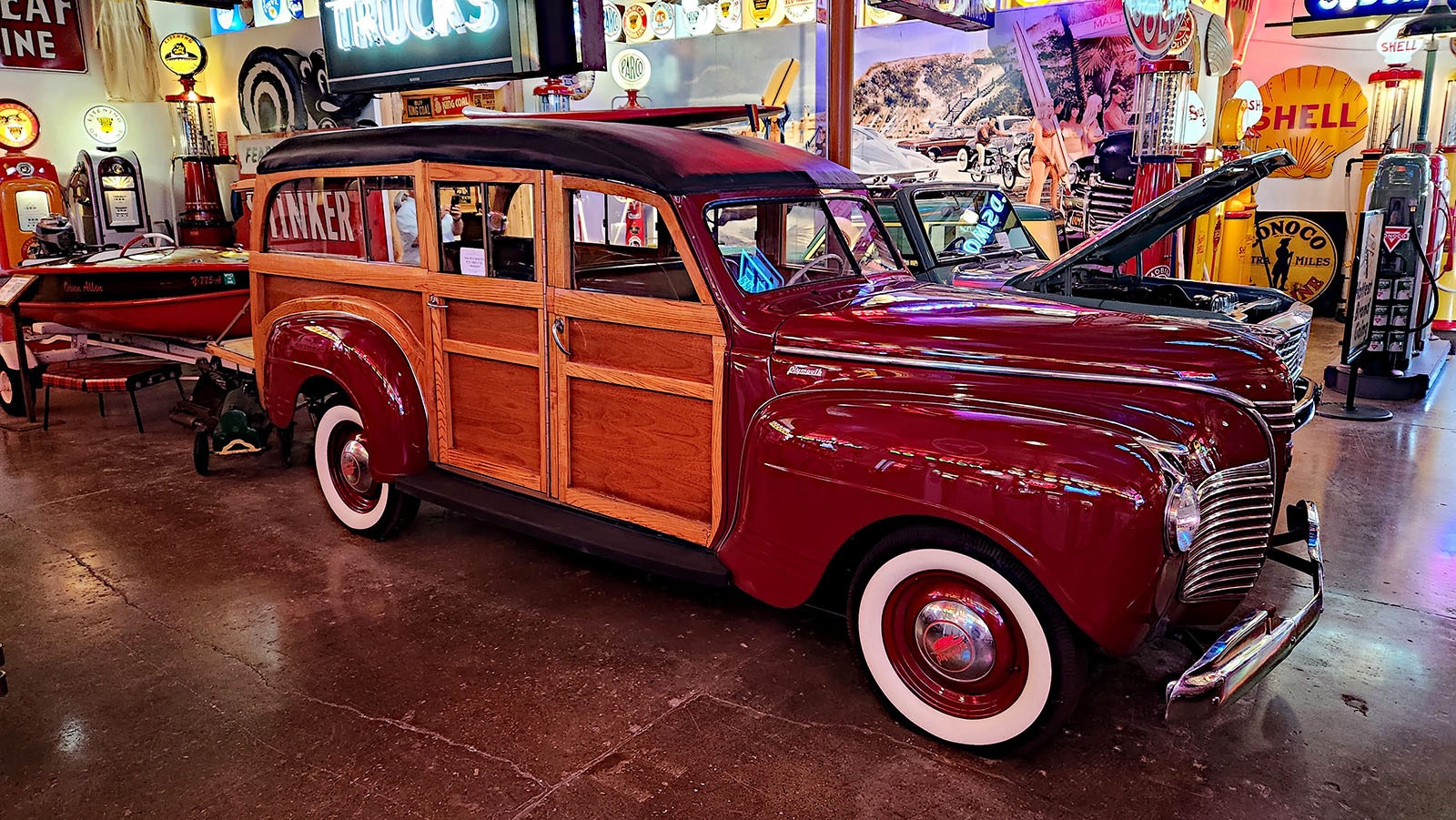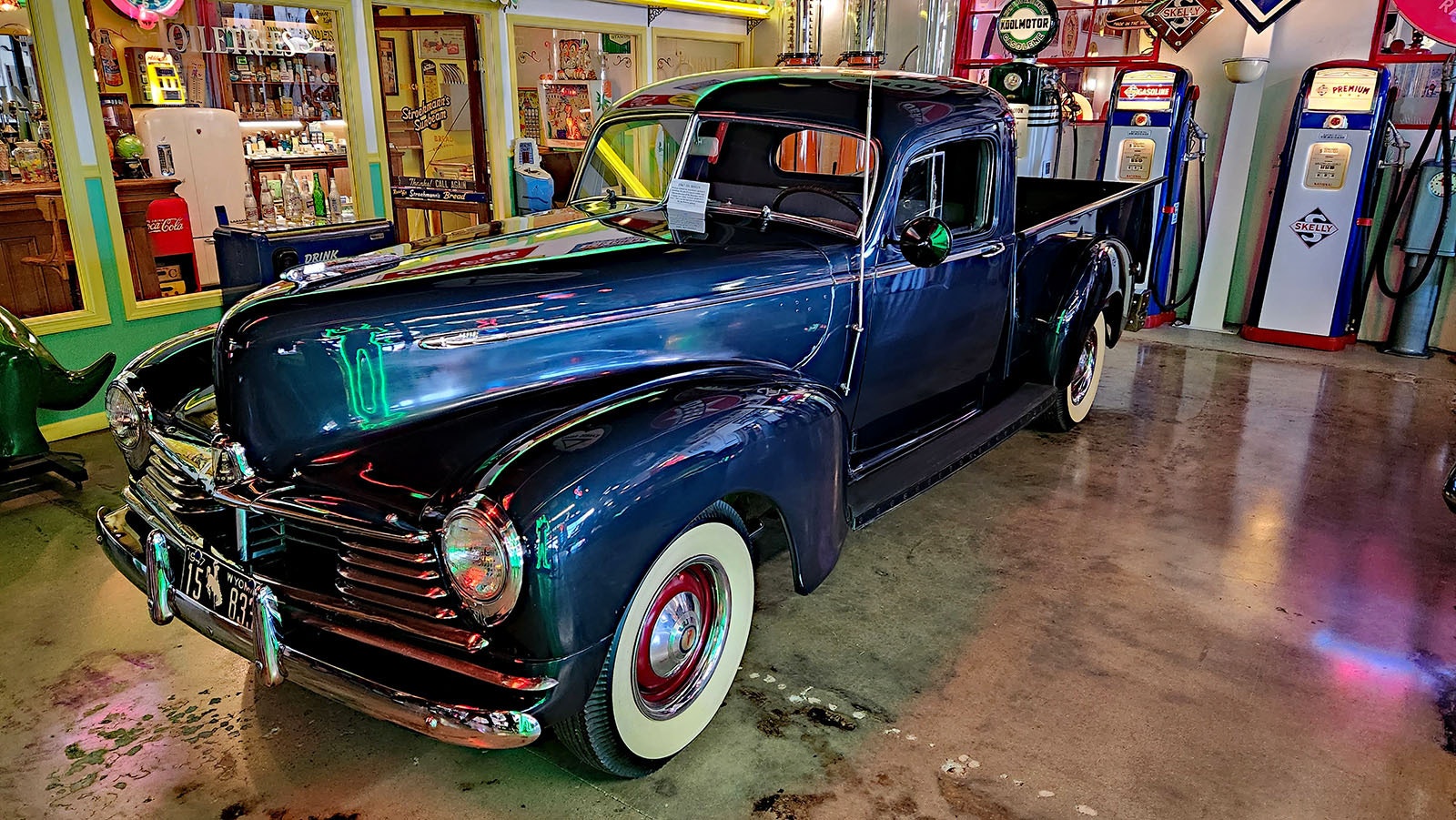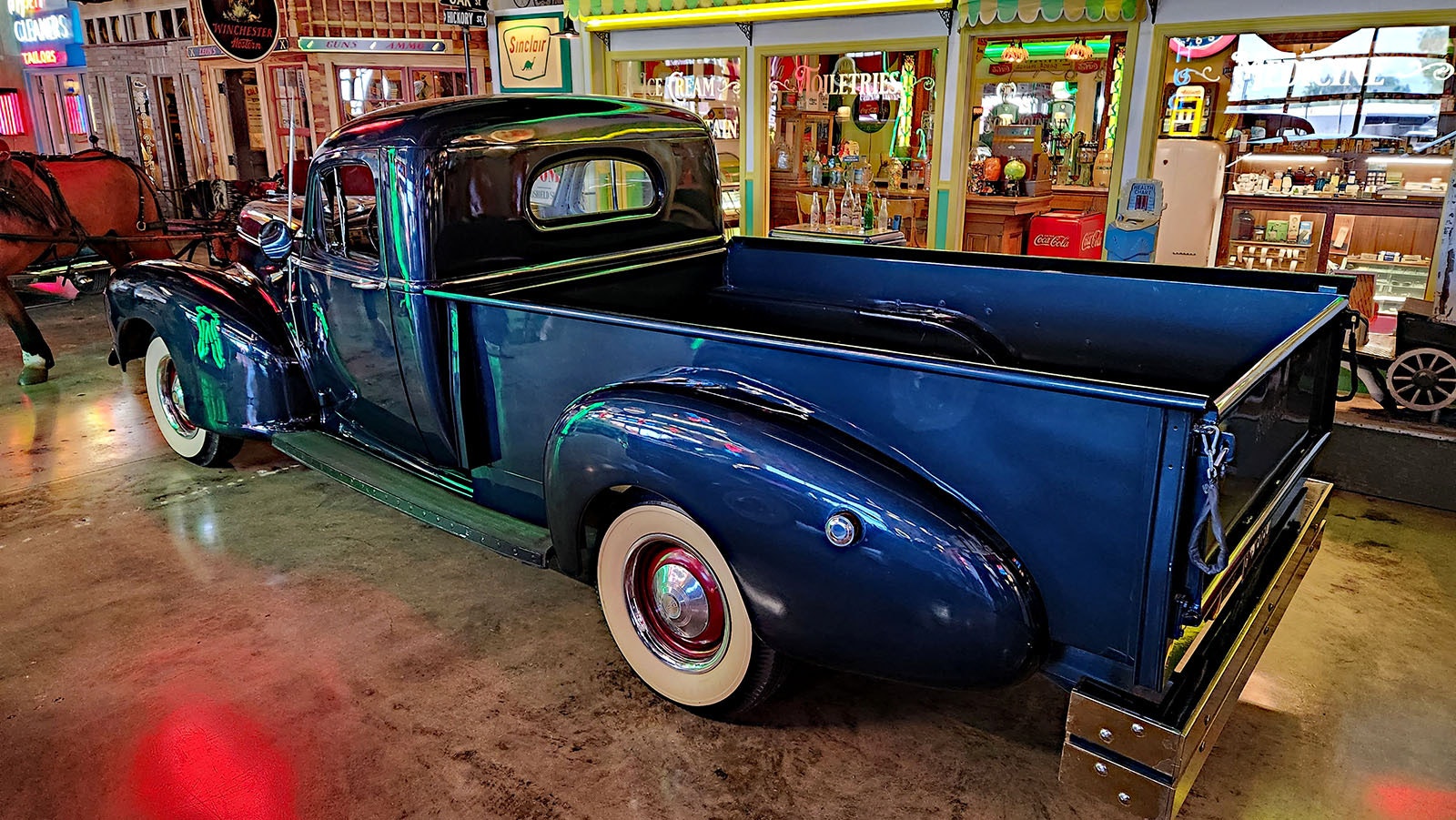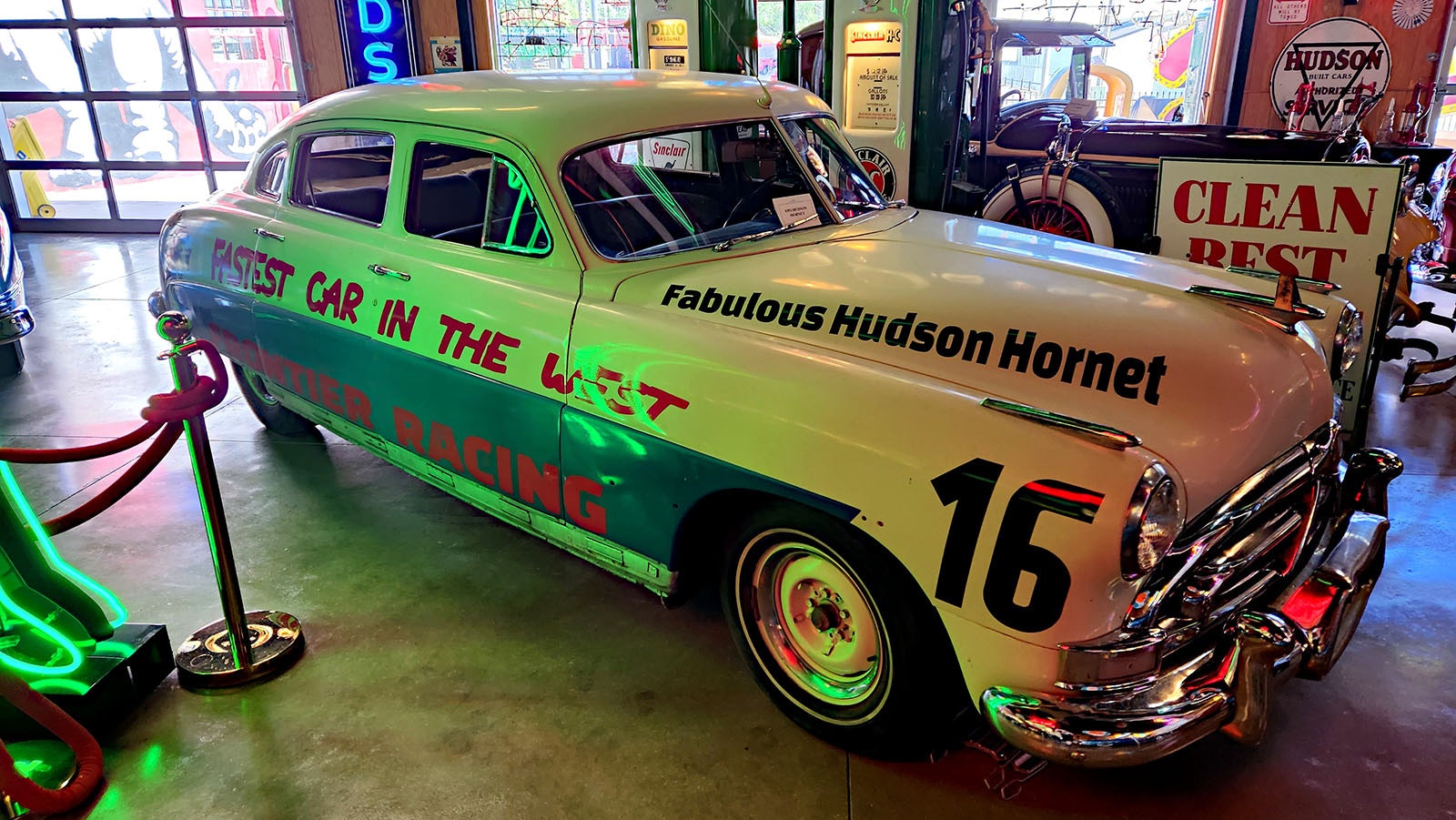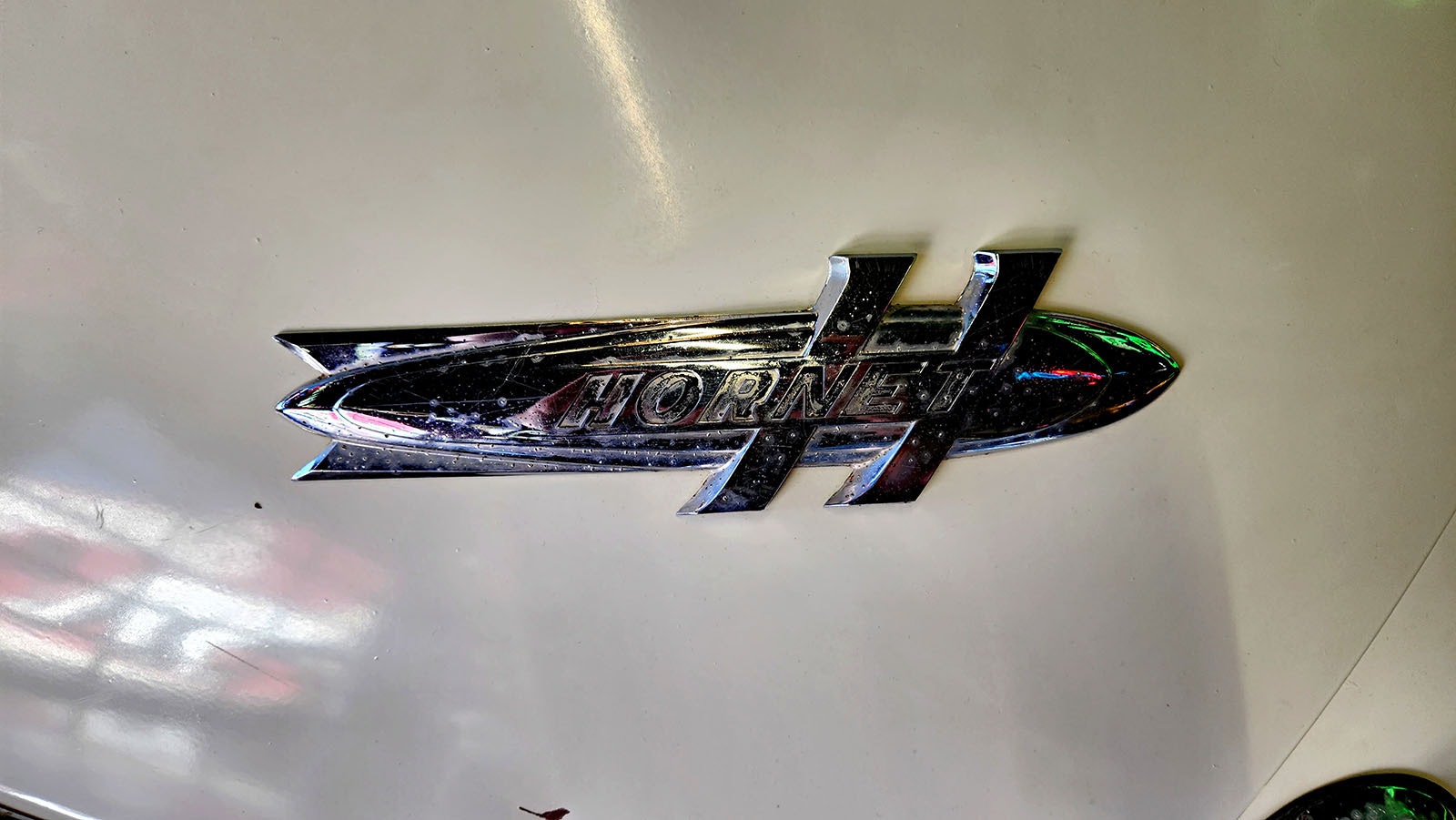I went to Gillette, Wyoming to see some big rigs. That was cool, but I also stopped in the Frontier Auto Museum downtown. My text conversation with a friend after I walked in and paid the nominal entrance fee summed it up.
“Dude, I’m in the coolest car museum I’ve been to in years. Seriously.”
“How’s your blood pressure?”
“I can’t feel my toes right now. I had to tie a bandanna around my head to hold my mouth shut. I keep yelling ‘HOLY SH*T’ every time I see something.”
Yes, I’m a car nut. I love vehicles of all shapes, sizes, time periods and makes. But the Frontier Auto Museum is a lot more than just cars. It’s America in time capsules from the 1930s, ’40s, and ’50s, with a couple of ’60s things just to keep it real.
Near the front is a 1940s Dodge pickup and a 1930s Ford Model T. Behind them is a barber shop, a beauty salon and a post office from the 1920s, ’40s and ’50s. Each tiny room for those has the equipment paraphernalia, posters and more from that period and in that theme.
These are just the start of a trend that happens all throughout the museum. From a Roebuck catalog sales store to a shoe cobbler and watch maker, there’s a room depicting just about everything that happened in America from the 1930s to the 1950s — and often cars to match.
But since I am a car nerd, I will focus on the automobiles found in the Frontier Auto Museum. Here’s my seven favorites, in the order I found them while walking through that amazing place.
1918 Chevrolet Panel Van
This was a local delivery vehicle in Gillette for years before eventually winding up in the museum.
The introduction year was 1918 for Chevrolet’s first pickups, and this one’s based on the Four-Ninety (aka 490) passenger car with a 24-horsepower straight-four engine. The other was, oddly enough, called a Model T (for “ton” or 1-ton).
Also, 1918 was the year Chevrolet merged with General Motors and the company had to prove itself.
Sales of the 490 and its pickup truck/panel van option put Chevy on the map in automotive.
1965 Mercury M-100 Custom Cab
Made from 1947 through 1968, Mercury trucks followed the Ford pickup lineup closely from the get-go.
This 1965 M-100 Custom Cab is an F-100 half-ton pickup with Mercury’s exterior trim changes and a Custom Cab interior design. Part of that latter is the change from the standard Mercury steering wheel, which was all-steel and featured the Mercury lightning bolt insignia, with a wood-trimmed wheel with the more modern Mercury symbol at center.
This M-100 is part of the fourth generation of the F Series pickup. The new Twin I-Beam suspension on these trucks was introduced in 1965, but Ford’s introduction of the higher-trim Ranger series F-100 this year began to mark the end for the Mercury M trucks.
This truck is displayed in a very well-done 1950s-style garage setting.
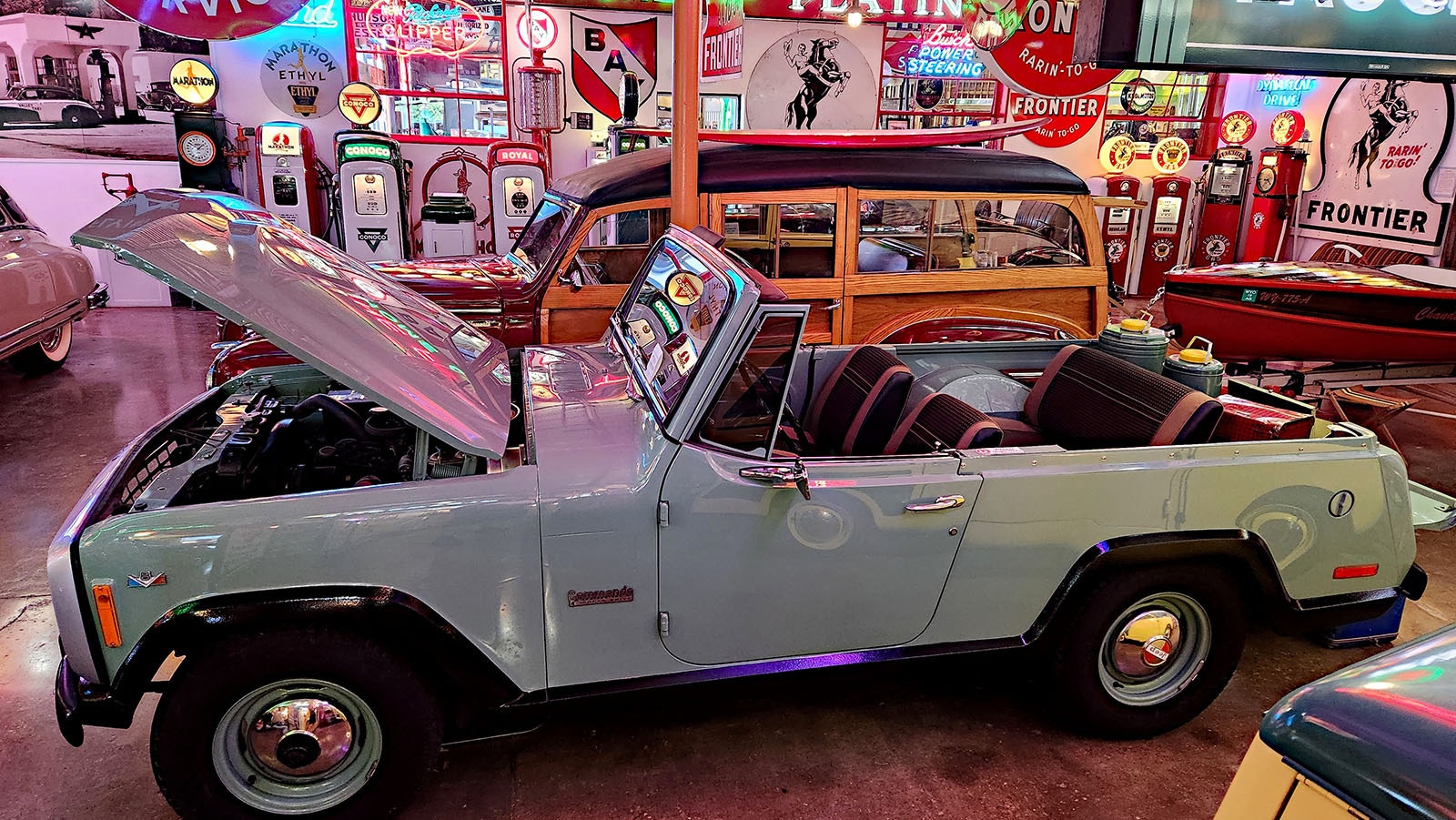
1973 Jeep Commando
This next one may have been the newest vehicle on display in the Frontier museum.
The last year for this vehicle was 1973. It’s a two-door convertible pickup that first entered showrooms in 1966 as the Jeepster Commando. This Kaiser Jeep continued production after American Motors (AMC) bought Jeep in 1970, after which the cool Commando name was dropped for C101 (101 inches being the wheelbase).
That marketing blunder was one of many mistakes AMC would make with this one. Next came dropping the Jeepster name in 1971.
This last version of the Commando is the Jeep C104, which saw the front end being revised and lengthened to accept AMC engines. In 1973, that engine was the AMC-304 V8, a 304-cubic inch monster that rolled out 150 horsepower thanks to choking for fuel efficiency.
1941 Plymouth P11 De Luxe ‘Woody’
Set up for a day on the lake with a boat and camping ensemble, this wood-sided Plymouth P11 is a pre-war model.
The P11 De Luxe models entered production in 1933 as extensions of the PC model, but with longer wheelbases. The P11 De Luxe Station Wagon was offered both before and after the war, with production pausing from 1942-1946.
The early engine was a Chrysler Flat Head in its straight-six configuration. In 1941, that engine was a 218 cubic inch making 88 horsepower. It used a three-speed manual that shifted on the column.
1947 Hudson Pickup
This entry is notable for two reasons: first, I had no idea Hudson ever made a pickup; second, this was technically the first car-based pickup (aka “cruck”), though it was still body-on-frame in design.
The Hudson Pickup wasn’t the company’s first truck, but it was the first truck marketed with the Hudson nameplate. It was advertised as an upscale or luxury truck, but was only produced for two years.
After the war in 1946, the first Hudson 3/4-ton pickup entered the market. It combined the hood, fenders and cabin of the Commodore car (a 1947 model stands right next to this truck in this museum) with a long bed cargo space.
The truck used the “Super Six” or “Commercial 6” (a name often attached to this truck) engine, a 3.5-liter inline-6 that produced 102 HP. The truck ended production in 1947 amid the introduction of the innovative “step down” body styles the company brought out in 1948.
1951 Hudson Hornet
The Hornet was introduced in 1951 and was the first of the company’s cars to truly take advantage of its new step-down design.
This put the floorboards beneath the frame, which lowered the vehicle’s center of gravity and greatly improved both handling and stability.
The 1951 Hornet immediately started gaining wins on the racetrack. The engine in the 1951 Hornet was a rebored and stroked version of the Super Six, expanding its 4.3 liters to 5.0, boosting power to the three-speed manual transmission significantly.
Yes, Doc Hudson from “Cars” was a 1951 model Hornet. Interestingly, the “Fabulous Hudson Hornet” moniker was applied to the car after its first Daytona Beach win. Driver Marshall Teague coined the phrase and had it painted on his winning car. Other Hudson drivers followed suit as they joined the teams.
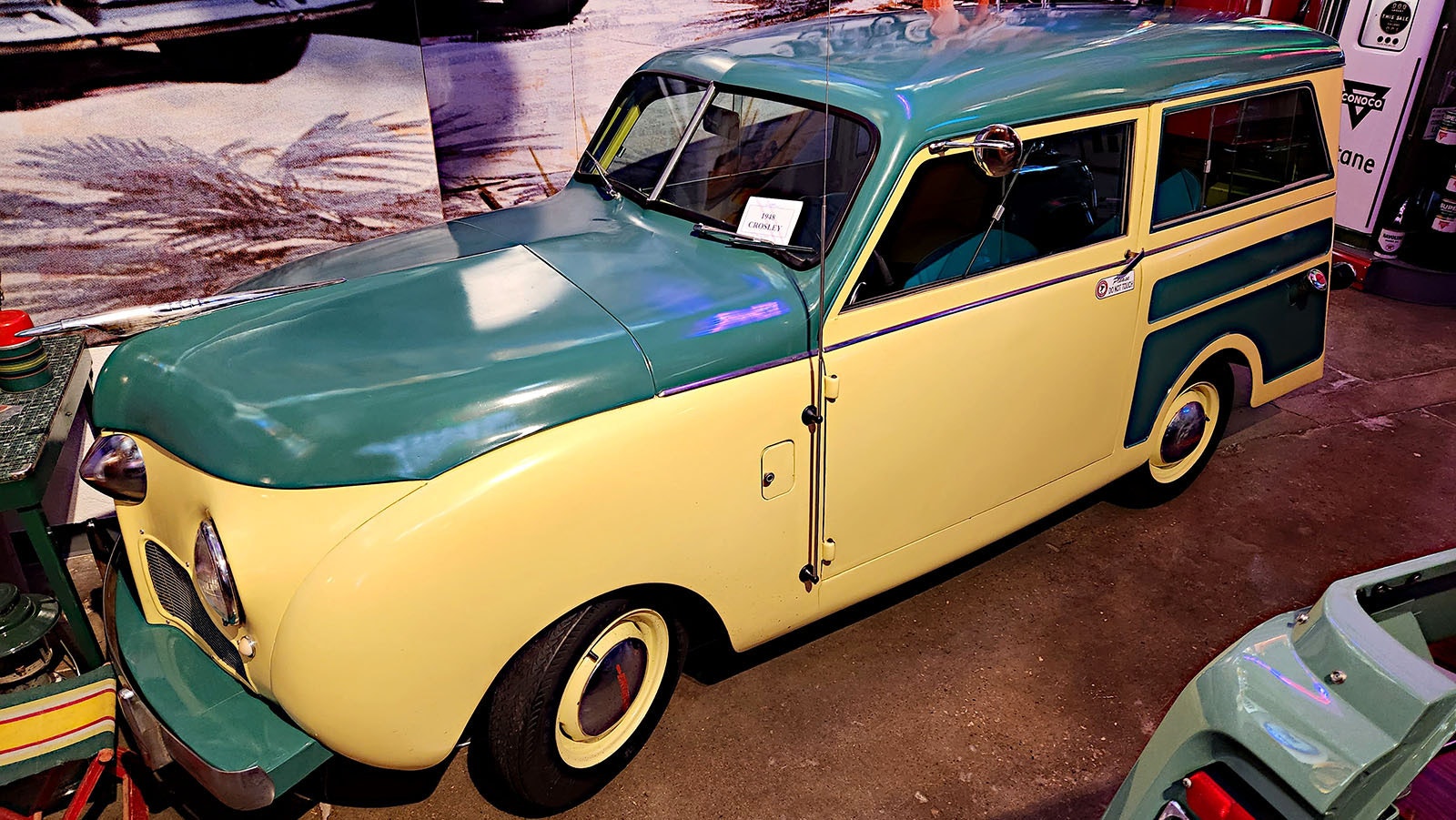
1948 Crosley CC
When we think of early subcompact models, most of us immediately think of Nash. But competing with that brand, and doing pretty well for itself, was Crosley.
Crosley made cars from 1939 to 1952 and was based in Ohio.
The button nose on this model makes it easy to differentiate from the popular Wagon models, which were slightly larger. The CC was the first mass-produced “slab-sided” vehicle when it was introduced post-war in 1946.
This design greatly simplified manufacture and made for a stiffer body for better noise reduction and handling.
Despite high sales after the war, Crosley quickly earned a reputation for bad engines when their military-grade CoBra “tin block” proved unreliable in civilian hands. Crosley eventually went out of business in 1952, unable to compete with cheaper offerings from larger carmakers.
These are just a sampling of the dozens of vehicles and thousands of pieces of memorabilia that are found throughout the Frontier Auto Museum in Gillette.
It’s a must-visit place, even if you’re not a car nerd like me.

